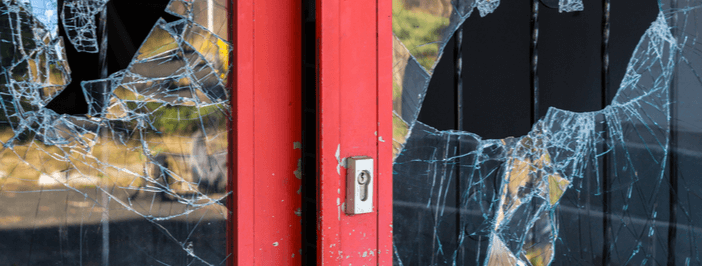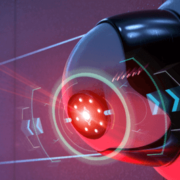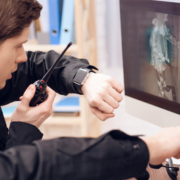The basics of intrusion coverage in schools
A 2021 report published by IES and the National Center for Education Statistics shows that school safety has generally improved over the last decade. However, there are still rampant cases of criminal activities, including theft, violence, victimization, vandalism, and bullying, in our schools. For instance, in 2019, students aged 12-18 experienced 764,600 criminal victimizations in school.
School safety is a rather complex issue spanning across social-political domains. But as a school leader or decision maker, you also have a crucial security responsibility toward your institution. Implementing a robust intrusion coverage system is one of the most effective ways to reinforce physical security in any school.
What is intrusion coverage for schools?
Intrusion coverage is an integrated security system for detecting and deterring safety risks such as intruders, hazards, and internal threats. The school environment is fraught with several security perils. An intrusion coverage security system helps create a safe learning, growing, and living space by:
- Protecting both staff and students from harm
- Managing unexpected hazards such as natural disasters, fires, and utility outages
- Evacuating or directing students and staff during emergencies
- Managing access authorization throughout the school premises
- Preventing crime, theft, vandalism, bullying, etc.
- Making clear public announcements
What’s included in intrusion coverage
Intrusion coverage combines several security measures, tools, and resources. Let’s look at the main components of a comprehensive intrusion coverage system for schools.
Active surveillance
Round-the-clock A/V surveillance is a vital part of any security system. Ensure to install a sufficient number of security cameras in strategic spots around the school such as entries, classrooms, along the school’s perimeter, hallways, alleys, and seemingly secluded areas.
Monitored doors (instead of access control)
Although access control has its place in security systems, monitoring doors is arguably a more effective way of controlling the movement around school premises with numerous entrances. A door monitoring system tells you the status (open or closed) of any door at any time. You can also lock and unlock specific doors remotely. And the system can be configured to trigger an alarm, notification, or other action once a door is opened or closed after hours.
Glass break sensors
Glass break sensors detect high-pitch sound frequencies or shock waves made by shattering glass or splintering wood. After positively detecting such noises, the device fires an alarm or triggers additional investigative action such as turning on other monitoring systems.
A glass break detector sits in the first line of defense against intrusion. Unlike other internal sensors, glass break detectors catch intruders before they’ve even entered the building.
Motion detection at entries
Active motion detectors work by emitting ultrasonic soundwaves that bounce off objects. The sensor picks up and analyzes the reflected signal. If an object moves, it disrupts this echo-like wave movement, and the sensor quickly detects the disturbance.
Installing motion detectors near all the school’s entries enables door automation and helps keep a close eye on the ins and outs.
Integrations with access control and audiovisual
Integrate the audiovisual system with the school’s access control to complement each other in carrying out security actions. For instance, lockdown actions can trigger alarms on intrusion systems and vice versa. Also, security alert signals can be translated into early warning messages over the intercoms.
Alarm sequence – monitoring abilities
A comprehensive intrusion coverage system includes alarm response measures and guidelines. What happens when a specific alarm is fired? You need a dispatch response for unwanted alarms, such as forced door opening, after-hours movements, system disarm, broken glass, and duress calls. It’s also important to log and record all alert events, even the false positives.
Statistics show that more and more schools embrace proactive security measures such as installing surveillance cameras and hiring guards. But you can do a lot more to improve safety and security in your school.
With TFE as your security partner, your school can leverage innovative tech solutions to create a safe space for learners, teachers, and support staff. Contact us today to learn more about empowering and protecting your school.










